There’s a scene in Batman Ninja where Robin, aided by two small monkeys, plays Nelson Riddle’s Batman theme on a flute to conjure an army of hypnotised gorillas in samurai armour, which huddle together to form a gigantic super ape, which merges with a flock of bats to become ‘Bat God’, which then engages in combat with a giant robot assembled from transforming mechanical castles controlled by a Joker that looks like Kefka from Final Fantasy VI. If the preceding description appeals to your sense of humour and imagination, then you might just enjoy Batman Ninja. If not, this movie’s eccentricities will likely leave you feeling frustrated and bemused. Even by the standards of the superhero genre, Batman Ninja is a really weird film.
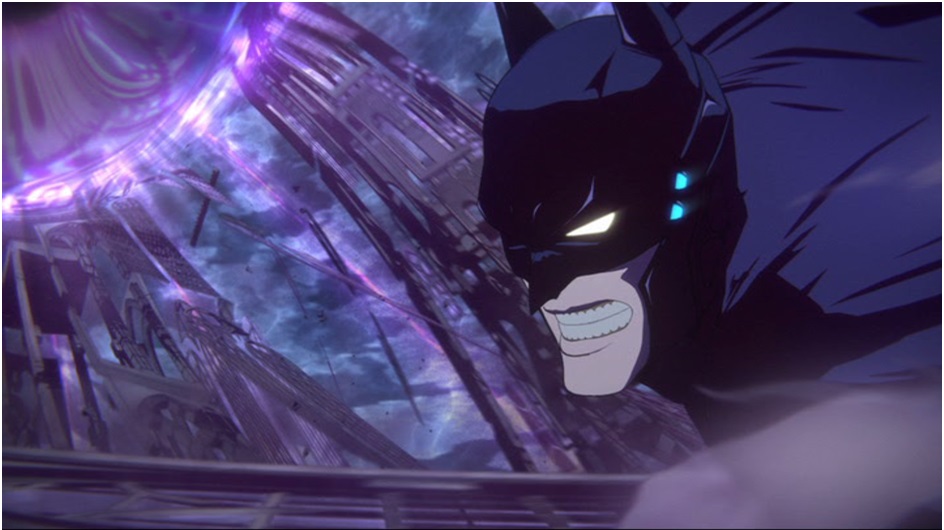
The plot sees the Dark Knight and a selection of his greatest friends and foes transported back in time to Feudal Japan by Gorilla Grodd. Batman arrives later than the other characters and discovers his enemies have enjoyed a two-year head start in which to establish individual powerbases throughout the region. Five of these villains – Joker, Two-Face, Penguin, Poison Ivy and Deathstroke – have set themselves up as feudal lords and are now battling for control of Japan. Meanwhile a band of Batman’s allies have joined forces with a ninja clan that worships the Dark Knight as a sort of messianic figurehead. For viewers of a particular age, this premise might trigger unpleasant memories of a certain Teenage Mutant Ninja Turtles sequel from the early nineties. But rest assured, Batman Ninja offers a far more imaginative take on the concept of superheroes cast adrift in a foreign time and place.
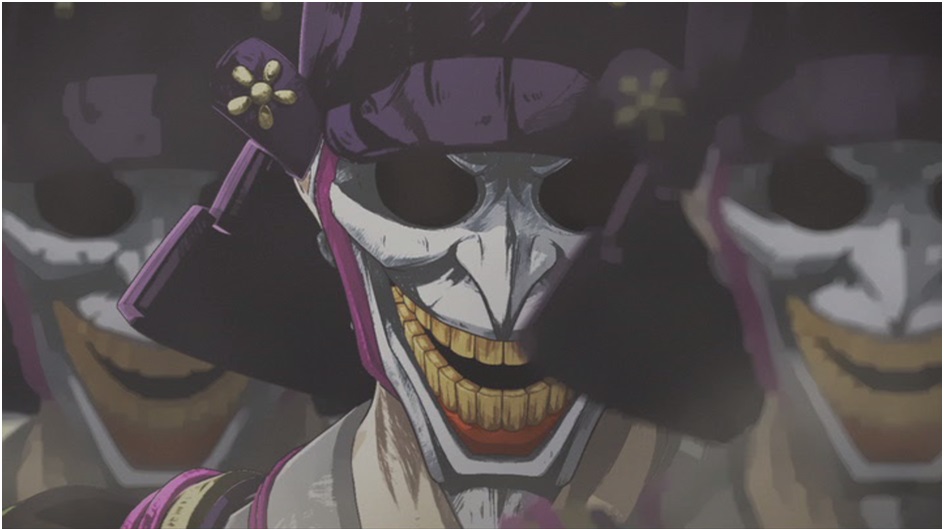
This is not the Caped Crusader’s first outing at the hands of Japanese storytellers. Firstly there was Jiro Kuwata’s Bat-Manga! (1966-1967) series than ran concurrent with the Adam West TV show, followed by Katsuhiro Otomo’s ‘The Third Mask’ (Batman: Black & White Vol 1 #4, September 1996), Kia Asamiya’s Batman: Child of Dreams (2000-2001), and Yoshinori Natsume’s Batman: Death Mask (2008). Then there was the feature length anime Batman: Gotham Knight (2008), which was intended to bridge the gap between the first two entries in Christopher Nolan’s Dark Knight Trilogy. However Batman Ninja is quite unlike any other Batman anime or manga that’s come before. Where Gotham Knight was characterised by a flat, humourless tone, Batman Ninja evokes an atmosphere of vibrancy, imagination and – in places – high camp. It filters classic elements of the Batman mythos through an unapologetically Japanese lens to create a movie that is baffling, humorous and utterly bonkers. If you’re a fan of the samurai and kaiju cinematic genres, or just Japanese pop culture in general, then you’ll find a lot to enjoy in this movie.
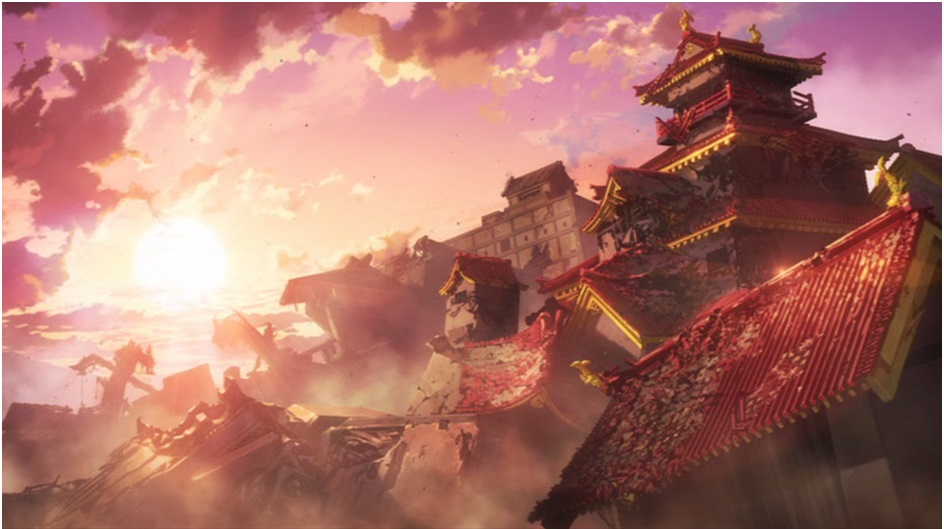
As far as presentation goes, Batman Ninja showcases some of the best animation I’ve seen from the DC universe. The colourful visuals flow smoothly at a crisp frame rate, with unique character designs that merge familiar faces with their historical surroundings to produce inventive reimaginings courtesy of Afro Samurai creator Takashi Okazaki. Batman initially sports his familiar 21st century accoutrements before eventually transforming into a literal Dark Knight equipped with samurai sword and armour. Red Hood sports a tengai hat in place of his signature helmet, Selina Kyle wears a kimono, and Bane dresses like a sumo wrestler. The background art is even more impressive than the character designs, offering a diverse range of vistas populated by colourful twilit clouds, wooden ships, snow-capped mountains, bamboo forests and feudal-era cityscapes. There’s one particularly interesting interlude in the middle of the film where the clear lines of the animation yield to a sketchier water colour style redolent of the Japanese woodblock prints popular during the Edo period. This technique is limited to this one scene and helps separate it from the rest of the film. Equally different art styles are employed to similar effect elsewhere in the movie, including some limited use of computer graphics. The visuals are beautiful and diverse, making this one of the most technically and artistically accomplished Batman cartoons to date. It gets top marks for production value.
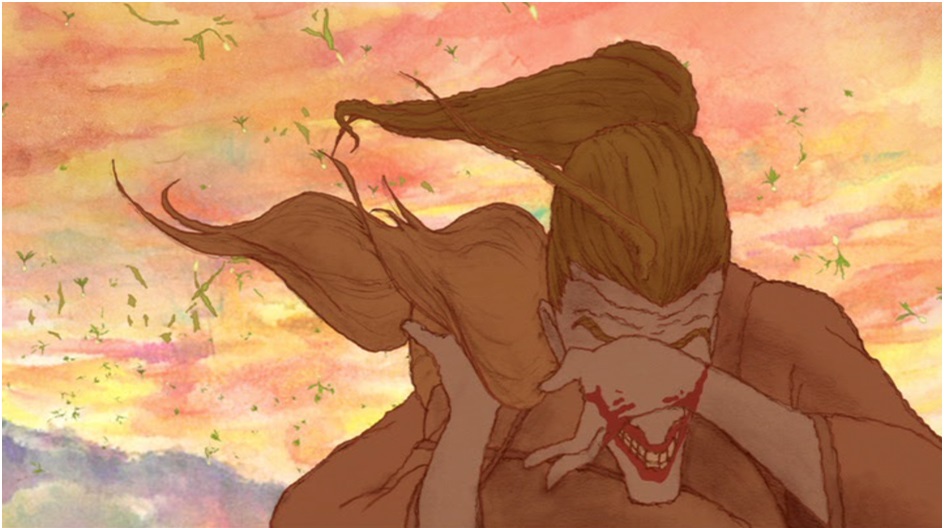
While its visual qualities are laudable, Batman Ninja’s narrative is not so impressive. The underlying concept is intriguing, but the plot doesn’t go far enough in exploring Batman’s temporal and geographical displacement. For example, there’s a scene early in the film where Bruce Wayne and Selina Kyle disguise themselves as missionaries in order to wander amongst the Japanese locals without arousing their suspicions. This adds a pleasant note of authenticity to the Sengoku period setting. But the concept is never fully developed, and Bruce and Selina’s disguises are promptly discarded and never mentioned again. The idea of Bruce and his allies blending in with their Japanese environment offers an intriguing range of possibilities, but the film glosses over these in favour of costumed action scenes and giant robot fights. I wanted to see more character-driven sequences of Bruce and his allies interacting with the Japanese people and trying to blend in. What would a feudal-era Bruce Wayne be like? How would he present himself in Japanese society? Sadly these questions are never explored in any depth, making this one area where the film fails to capitalise on its premise.
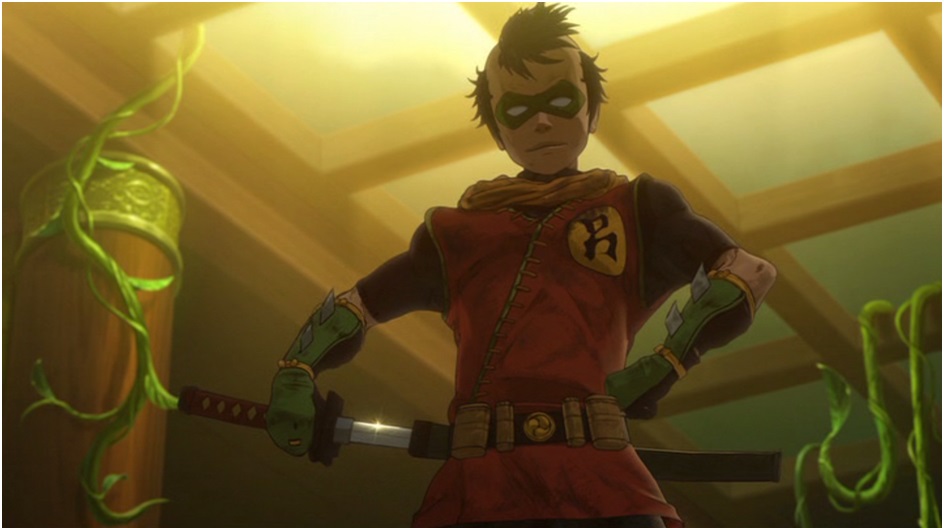
Pacing is also an issue. The plot moves from one set piece to another at breakneck speed, affording the viewer precious little time in which to pause and soak up the ambience. Exacerbating this are several points in the narrative where the timeline abruptly leaps forward, further disjointing the already choppy rate of storytelling. At times it almost seems as if Batman Ninja was adapted from a longer story and had to be condensed to fit the 82 minute runtime. It’s also not an especially deep story and is noticeably lacking in meaningful drama or suspense. Batman and his allies appear comparatively unperturbed by their journey through time. Bruce and Selina express a small measure of anxiety, but overall the characters adapt a little too easily to their new setting. A little more fish-out-of-water drama might have added some emotional weight to proceedings.
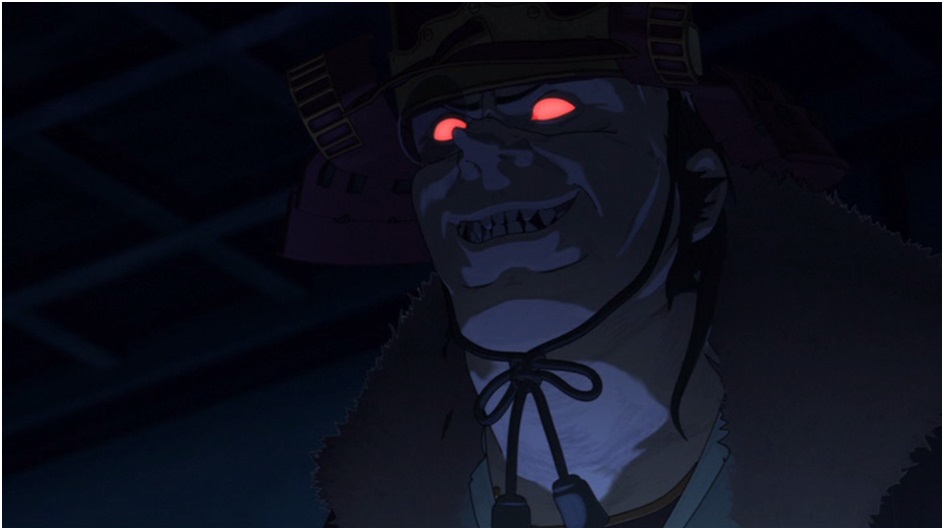
Batman Ninja is destined to be divisive. The very qualities which will attract certain fans will doubtless be off-putting to others. The film is light on drama, narrative depth and character development. But the animation is superb, the art style is beautiful, and the overall approach feels fresh and inventive. If nothing else, this is a very different take on the Batman mythology. And for that reason alone, I’d say it’s worth seeing at least once. It may be style over substance, but when the style is this creative it still makes for an interesting, albeit uneven viewing experience. It’s not the best Batman animated film ever made, but it’s certainly one of the most unique. I only wish the writing was as strong as the visuals.
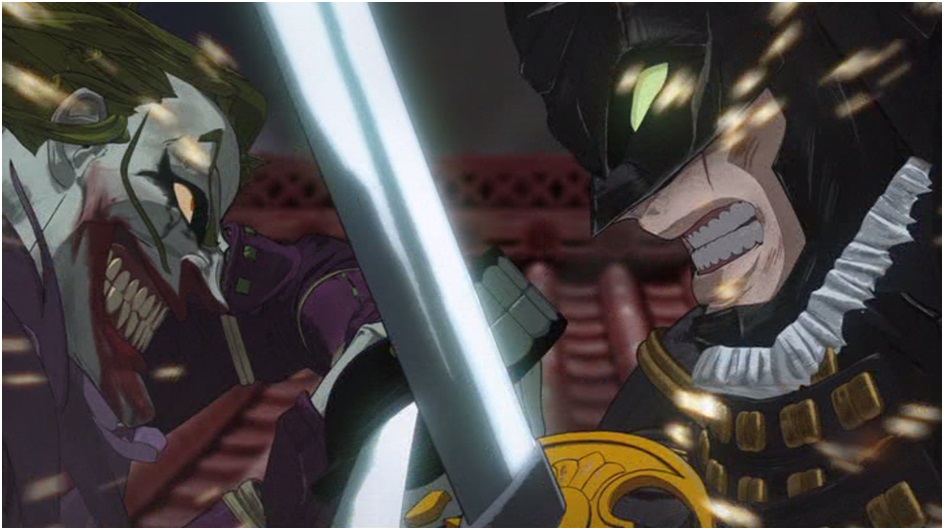
The default audio setting on the DVD is the English language dub, but Japanese audio can be accessed amongst the special features. I watched it subtitled with the Japanese audio track and would recommend others do likewise for the full experience.
Batman Ninja’s lack of depth is offset by its uniqueness, artistic flair and high quality of animation.
6½/10
comments powered by Disqus

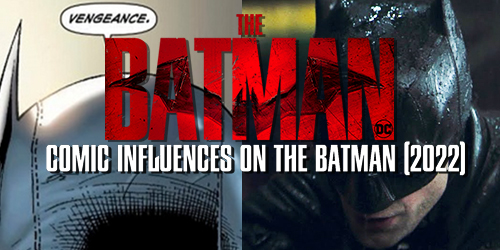
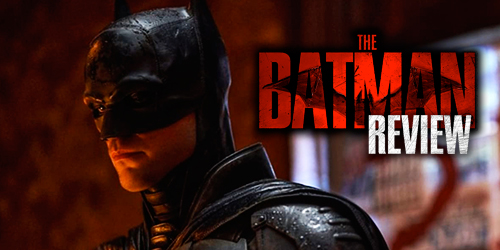


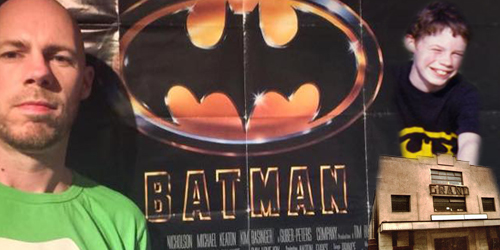


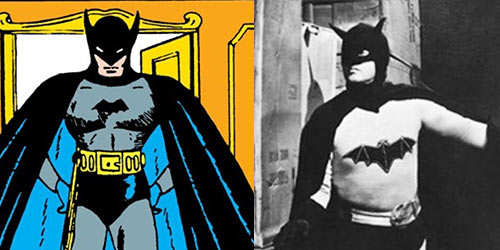

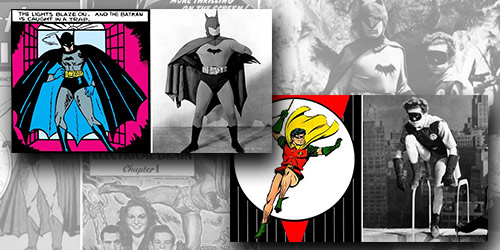

by The Joker
by The Joker
by The Laughing Fish
by The Laughing Fish
by The Laughing Fish
by The Laughing Fish
by The Laughing Fish
by The Laughing Fish
by The Dark Knight
by The Joker